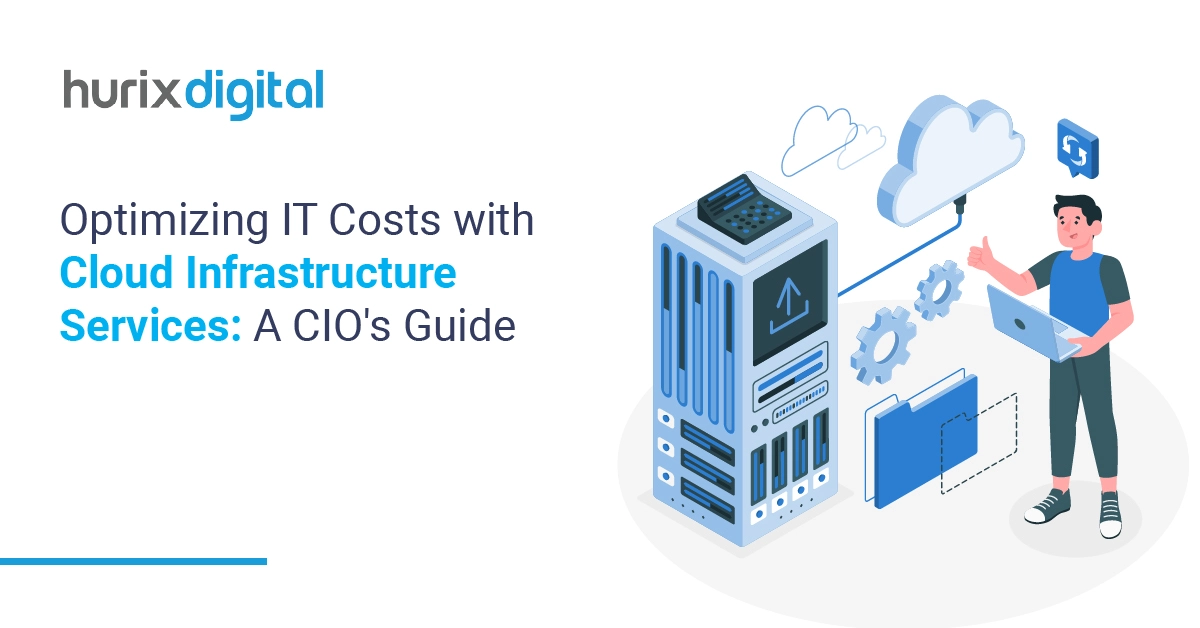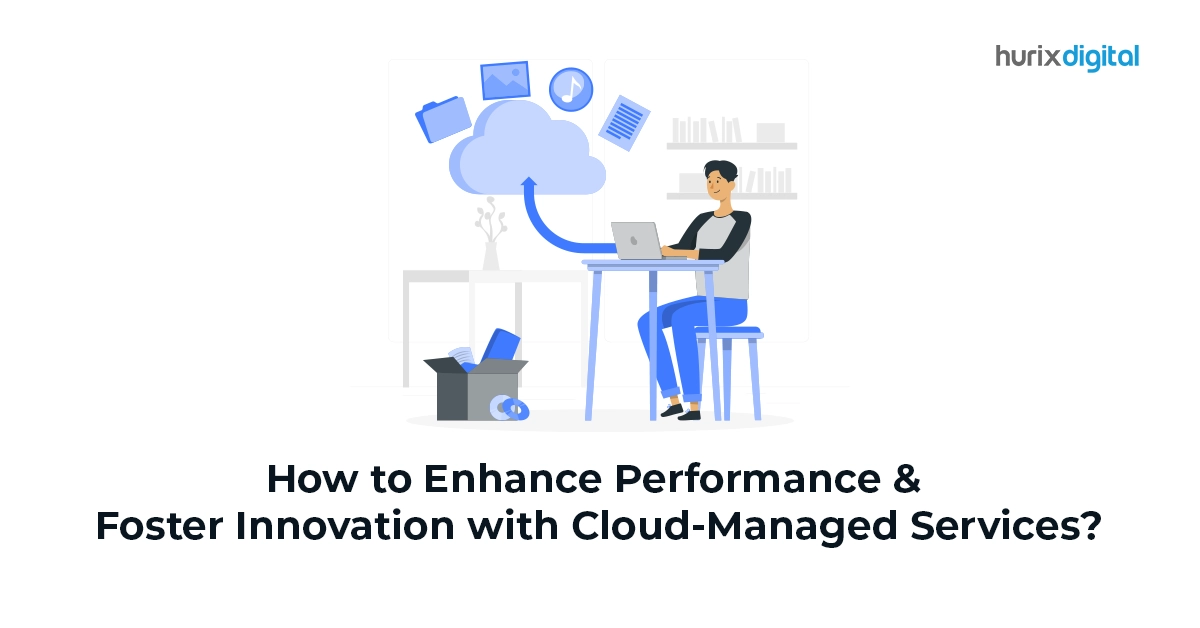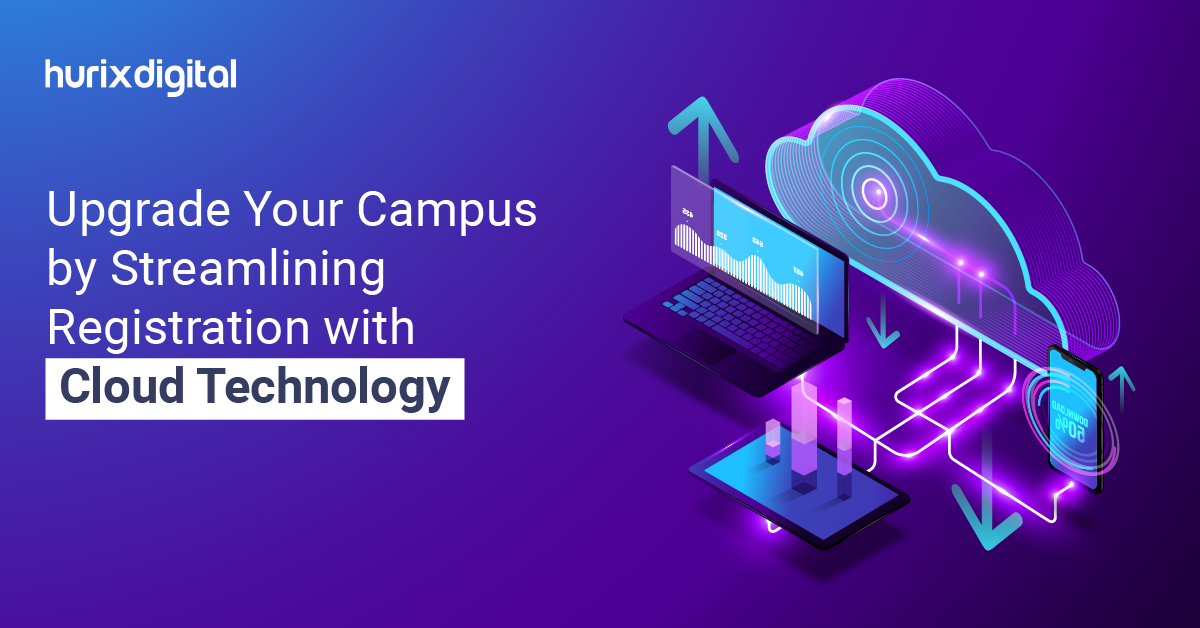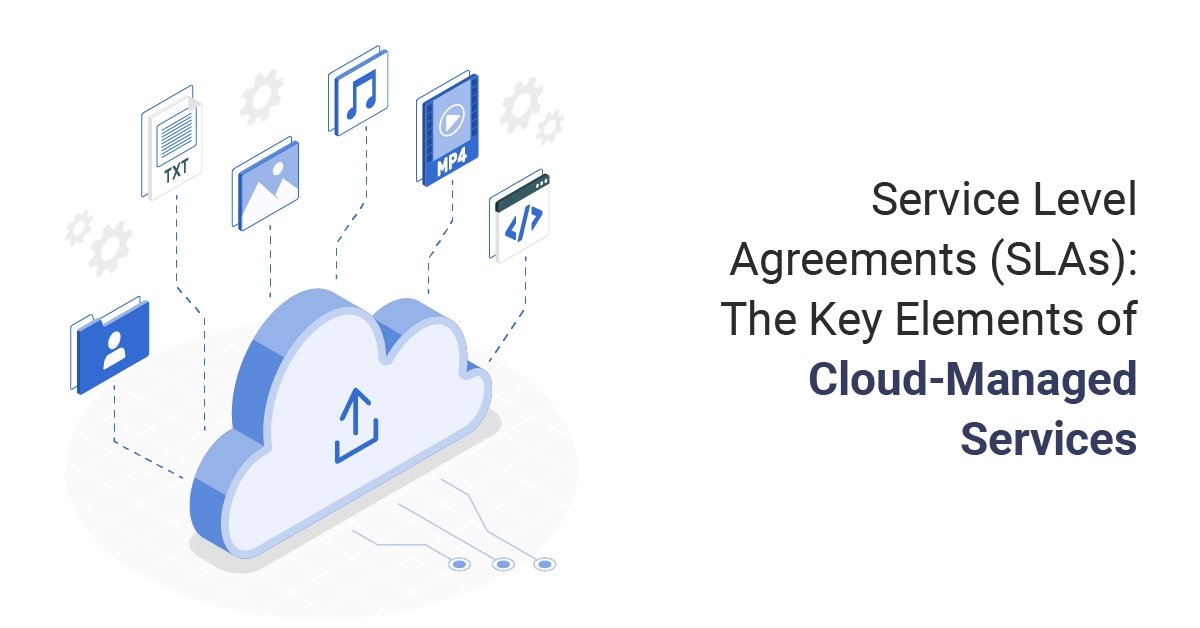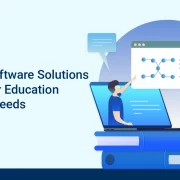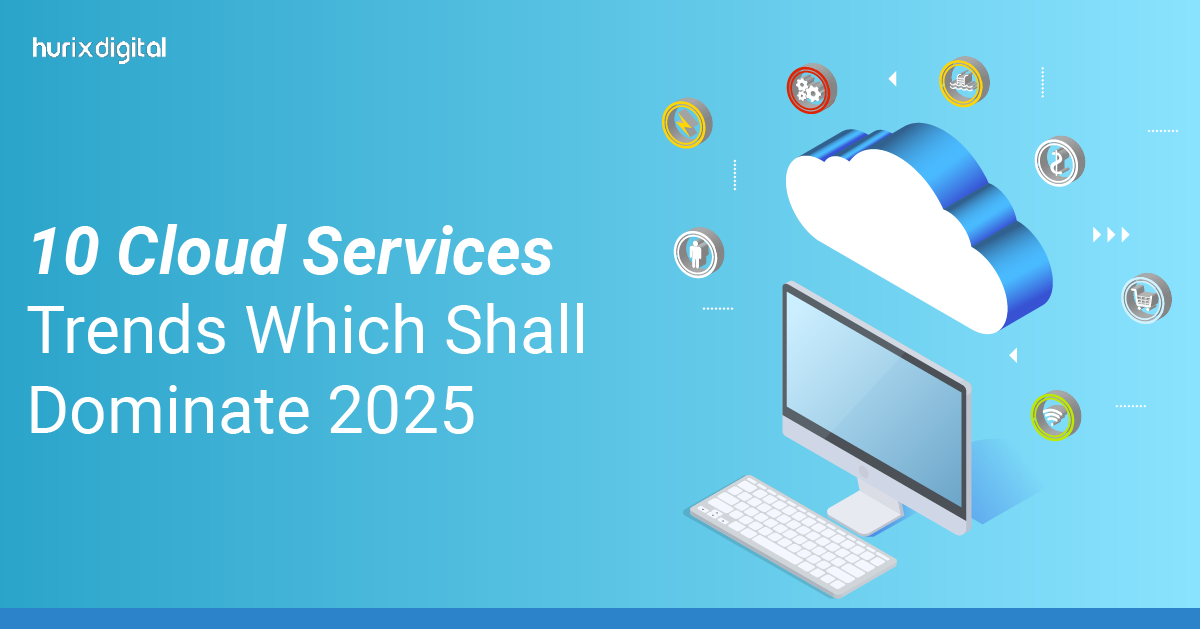
10 Cloud Services Trends Which Shall Dominate 2025!
Summary
This blog explores cloud adoption trends in 2025, highlighting multi-cloud solutions, AI integration, edge computing, and serverless architecture, and their impact on efficiency, security, and innovation.
Cloud services are now a critical part of business strategy. According to IDC, worldwide spending on cloud services is expected to grow at a CAGR of 19.4% during the forecast period 2024-2028.
Advancements in AI are helping transform various industries and enabling innovation in cloud technology services. Cloud services enhance accessibility to high computing power, intelligent server management, and other services that simplify business operations while making them more agile and resilient to market dynamics.
Let’s take a deep dive into cloud adoption trends that will shape the way businesses operate in 2025.
Table of Contents:
- 10 Cloud Adoption Trends That Will Transform Businesses in 2025
- Secure and Efficient Cloud with Hurix Digital
10 Cloud Adoption Trends That Will Transform Businesses in 2025
Innovation in cloud technology will drive the adoption trends in the future with features like automation, data analysis, and cloud-managed services:
1. Multi and Hybrid Cloud
According to Flexera report, 89% of organizations operate on multi-cloud in 2024.
Businesses will experiment with multi- and hybrid-cloud solutions to maximize operational efficiencies and returns from the investment.
Multi-cloud is when businesses use various services from different cloud providers, such as AWS, Google Cloud, or Azure. This setup facilitates access to each provider’s best offerings.
Hybrid-cloud is when businesses engineer a balance of private and public cloud services that allow seamless data flow between the two environments. These cloud infrastructure services help businesses require better control over their data.
2. AI and ML Integration
According to Infosys, 50% of executives admit they use cloud services only to integrate their enterprise data for AI capabilities.
Rising market competition drives businesses to innovate and leverage customer data to provide enhanced services and better products. AI and ML have become essential for tasks such as data collection, organization, analysis, and reporting.
There will be a rise in cloud adoption to integrate AI and ML capabilities into business workflows to generate crucial insights from collected data.
3. Edge Computing
In cloud computing setups, processing happens at remote data centers, which may result in network latencies. Future trends in cloud computing point to increased adoption of edge computing, where data is processed and stored close to the end user.
This technology helps reduce latency and is ideal for real-time applications (such as self-driving cars. Edge computing is also an essential component for in-hospital patient monitoring, predictive maintenance of industrial equipment, and remote monitoring of critical assets (such as oil and gas equipment).
4. Serverless Computing
Serverless computing is one of the latest cloud adoption trends. It allows businesses to build and run applications without managing servers. A cloud service provider manages the entire cloud infrastructure services, from provisioning, scaling, and resource allocation to maintenance, facilitating event-driven and stream-processing workloads.
With increasing digital operations and customer interfaces, businesses expect higher online traffic. Applications will be designed to handle high visitor volumes, leading to increased adoption of serverless cloud computing and architecture.
5. Cloud Security
Security mechanisms in the cloud will become more effective as organizations move to manage setups for their sensitive data (especially in the healthcare and finance industries).
Organizations will revisit their third-party risk management policies, especially for services they access from the cloud. Cloud providers will increase focus on data governance and the use of AI to enhance security measures in their data centers.
Multifactor authentication, quantum security measures, AI-based recognition methods, and robust data governance pave the way forward.
6. Low-Code and No-Code Platforms
Low-code and no-code platforms make it easier for businesses to build and develop custom solutions using drag-and-drop builders. Small businesses benefit from these solutions on managed cloud services as this process eliminates the maintenance of cloud infrastructure and hiring developers to develop apps.
Trends hint at increased adoption of no-code and low-code platforms over a managed cloud to build critical business applications to bridge the growing skill gaps.
7. Data Analytics
According to Infosys, organizations will increase their spending on cloud AI by at least 25%, as admitted by 71% of respondents.
Cloud platforms provide businesses with access to the latest AI and ML technologies. This enhances their capacity to analyze enterprise data and generate crucial insight to power business decisions.
Through cloud-based deployment, businesses will increase the adoption of technologies such as facial recognition, robotic process automation, virtual agents, speech and facial recognition, etc.
8. Cloud-Native Deployment
Businesses move towards cloud-native deployment because it allows them to use scalable and flexible apps designed to function on the cloud. This setup is ideal for situations where server demand and workloads are variable or unpredictable.
Cloud-native deployment allows for faster app deployment, dynamic scaling, and improved agility. As businesses search for cost-effective cloud services with portable setups, cloud-native deployments are becoming popular.
9. Kubernetes
The rising popularity of automation and open-source access drives businesses to use Kubernetes. It is an open-source system used for deploying containerized apps, scaling them, automating them, and managing them.
Businesses seek better reliability from their cloud servers, which drives the adoption of Kubernetes. It also helps make microservices more efficient and scalable. Kubernetes also offers self-healing capabilities, freeing businesses from troubleshooting if a container or pod fails.
10. Automation
Automation is one of the most popular trends fueling the adoption of the cloud across enterprises from all industries. The cloud provides improved computing power, access to sophisticated AI algorithms, customizable architectures, friendly integration, and improved scalability, which makes automation more accessible to businesses.
Automation has proved its efficacy and usefulness in business operations, and its adoption continues to grow through cloud-based deployment.
Also Read: CISO-CIO Collaboration – The Key to Building a Secure and Compliant Cloud Strategy
Secure and Efficient Cloud with Hurix Digital
Trends in the cloud service sector highlight organizations’ future paths and strategies regarding technology. It is safe to assume that enterprises with better cloud strategies will emerge as the better players in the market, owing to improved resource use and technology adoption.
Streamline your cloud automation and hybrid cloud solutions with Hurix Digital. We offer expert-level cloud solutions for applications, infrastructure, managed services, security, and advisory.
Get help from our team today to stay ahead of cloud adoption trends with innovative solutions.

Vice President and Strategic Business Unit Head – Cloud Services
A top technology management voice on LinkedIn with 20 Years of experience in Information Technology, Cloud Services, Digital Transformation, Application Modernisation, Managed Services, IT Security Engineering and Operations Management. An avid technology Leader, Leadership Speaker, Author & Coach.
